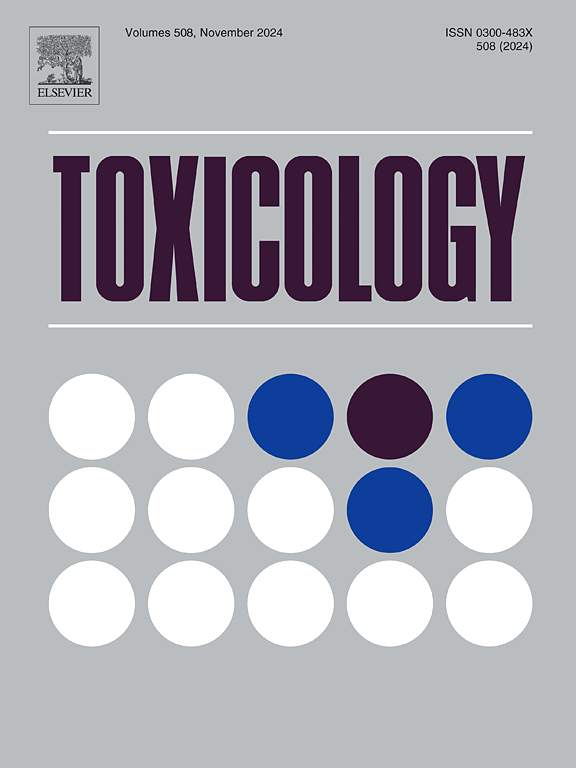揭示有毒的秘密:多环芳烃如何加速细胞老化和引发人类疾病。
IF 4.6
3区 医学
Q1 PHARMACOLOGY & PHARMACY
引用次数: 0
摘要
多环芳烃(PAHs)是危害人类健康的环境污染物;可以通过多种途径产生;并且广泛存在于环境中,包括空气、土壤和水。多环芳烃进入人体后,通过促进细胞周期阻滞、诱导活性氧(ROS)过量产生、DNA甲基化和线粒体功能障碍,加速细胞衰老和细胞老化,从而增加疾病的可能性,包括生殖障碍、阿尔茨海默病和心血管疾病。因此,研究和防治多环芳烃暴露引起的疾病至关重要。本文从多环芳烃及其中心成分苯并(a)芘及其衍生物诱导细胞衰老的角度,阐述了多环芳烃的毒性作用机制和多环芳烃引起的疾病,旨在阐明多环芳烃通过细胞衰老诱导人类疾病的分子机制,为制定有针对性的预防策略和维护公众健康提供理论支持。本文章由计算机程序翻译,如有差异,请以英文原文为准。
Revealing toxic secrets: How PAHs accelerate cellular ageing and trigger human diseases
Polycyclic aromatic hydrocarbons (PAHs) are environmental pollutants that are hazardous to human health; can be produced by a variety of pathways; and are widely present in the environment, including air, soil, and water. When PAHs enter the human body, they accelerate cellular senescence and cellular ageing by promoting cell cycle arrest, inducing the excessive production of reactive oxygen species (ROS) and DNA methylation and mitochondrial dysfunction, thereby increasing the likelihood of disease, including reproductive disorders, Alzheimer's disease and cardiovascular diseases. Therefore, studying and combatting diseases caused by PAH exposure is critical. In this work, we elaborate on the mechanism of PAH toxicity and the diseases caused by PAHs from the perspective of the cellular senescence induced by PAHs, their central component benzo(a)pyrene, and their derivatives, with the aim of elucidating the molecular mechanisms of human diseases induced by PAHs through cellular senescence to provide theoretical support for the development of targeted preventive strategies and the maintenance of public health.
求助全文
通过发布文献求助,成功后即可免费获取论文全文。
去求助
来源期刊

Toxicology
医学-毒理学
CiteScore
7.80
自引率
4.40%
发文量
222
审稿时长
23 days
期刊介绍:
Toxicology is an international, peer-reviewed journal that publishes only the highest quality original scientific research and critical reviews describing hypothesis-based investigations into mechanisms of toxicity associated with exposures to xenobiotic chemicals, particularly as it relates to human health. In this respect "mechanisms" is defined on both the macro (e.g. physiological, biological, kinetic, species, sex, etc.) and molecular (genomic, transcriptomic, metabolic, etc.) scale. Emphasis is placed on findings that identify novel hazards and that can be extrapolated to exposures and mechanisms that are relevant to estimating human risk. Toxicology also publishes brief communications, personal commentaries and opinion articles, as well as concise expert reviews on contemporary topics. All research and review articles published in Toxicology are subject to rigorous peer review. Authors are asked to contact the Editor-in-Chief prior to submitting review articles or commentaries for consideration for publication in Toxicology.
 求助内容:
求助内容: 应助结果提醒方式:
应助结果提醒方式:


